Laser Tattoo Removal: How Does It Work And Its Side Effects
Say bye-bye to your embarrassing ink mistake as you embark on a journey to wipe your skin clean!

Image: Shutterstock
Laser tattoo removal is a procedure that rids you of your tattoo mistakes as well as cosmetic tattoos that you are not fond of anymore. Though there are many types of tattoo removal methods, such as a tattoo removal cream and skin grafts, the laser treatment is the best choice for tattoo removal. This process utilizes advanced technology based on the principle of selective photothermolysis to break down tattoo pigment particles beneath your skin surface without any adverse effects. The wide range of tattoo colors shatters into microscopic ink particles, paving the way for your body’s cleanup crew to sweep away the past.
You can anticipate a rollercoaster of sensations — temporary discomfort, a touch of redness, or even blistering. If you can brave these sensations, then you are the perfect candidate for a tattoo removal procedure done with a laser, no matter the type of ink used. But fear not! It is a safe procedure and many people opt for it to get their colored or black tattoos removed with the help of the laser, even if it requires a series of treatments.
If you wish to learn more about this laser removal procedure to get rid of your amateur tattoo, especially if you have explored different methods of tattoo removal, then keep scrolling!
In This Article
How Does Laser Tattoo Removal Work?
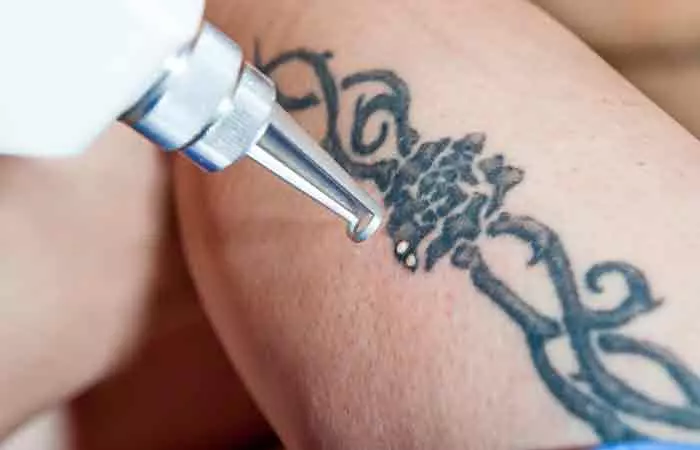
If you are wondering how to remove permanent tattoos, the laser removal treatment offers the best solution. In a laser tattoo removal procedure, a skilled technician directs visible light energy in the form of an intense laser beam of different wavelengths to remove the tattoo pigments. This process is called selective photothermolysis. These laser light pulses penetrate your skin, fragmenting the foreign particles of the tattoo pigment. To disintegrate a tattoo ink particle, you must subject it to heat that is emitted by the laser pulses, causing it to expand. However, the pulse must be swift, ensuring that only half of the particle experiences rapid heating, while the other half remains cool. This rapid alternation between hot and cool forces then works in opposition, effectively breaking down the ink pigments into smaller tattoo particles (1).
Your body’s immune system then works gradually to eliminate these tattoo particles, causing the entire tattoo to fade over time. The laser wavelength is adjusted to target specific ink colors, like blue or green tattoo pigments, without harming the surrounding skin (2). It often feels like a rubber band snapping against your skin. Multiple treatment sessions that are spaced weeks or months apart are usually necessary, for the best results, to get rid of all tattoo particles. After each session, you might experience temporary discomfort, redness, or swelling. But using a Q-switched laser is much better than using a tattoo removal cream for the best results. This treatment can also be used for lips and eyebrow tattoo removal requirements.
There are multiple types of lasers for tattoo removal available, such as the Alexandrite and Q-Switched Ruby Lasers, that you can choose from. But the most popular are the Q-switched laser pulses that get rid of age spots and pigmented lesions to deliver normal skin color and texture. Some lasers may also heal acne scarring while getting rid of black, blue, or green tattoo ink particles. Let’s take a quick look at the different types of tattoo removal lasers (2):
- Q-switched Nd:YAG Laser: This laser emits short pulses at high peak power specifically targeting darker pigments in complex tattoos. The pulses break down the large tattoo ink pigments into thousands of particles that are then removed by the body’s immune system. This Q-switched Nd laser also helps in the removal of pigments from traumatic tattoos to achieve a normal skin color.
- Alexandrite Laser: This laser, ideal for light-colored tattoos with blue and green pigments, produces quick pulses of light to effectively break down particles of tattoo pigment. The Alexandrite laser color is not as effective in breaking down blue or black tattoo pigments.
- Picosecond Laser: This laser, known for its ultra-short pulses in the picosecond range, delivers energy more efficiently, shattering ink particles into finer fragments to facilitate quicker tattoo removal.
- Q-Switched Ruby Laser: Particularly effective on blue and black inks, the Q-switched ruby laser emits red light to break down black tattoo pigments; but it may be less suitable for other colors.
- PicoSure Laser: It delivers ultra-short pulses, utilizing picosecond technology, allowing for faster and more thorough removal across a spectrum of tattoo colors.
- Erbium YAG Laser: This laser is suitable for lighter ink, like blue pigments, and is considered less invasive, making it a choice for those seeking minimal impact on the surrounding skin.
- Fractional Laser: This laser treats decorative tattoos in small sections, promoting precision and minimizing damage to surrounding skin, making it suitable for both small and large tattoos. The process is also called fractional resurfacing.
- IPL (Intense Pulsed Light): While not a laser, IPL uses broad-spectrum light to fade various tattoo colors gradually, making it versatile for different pigment types.
 Pro Tip
Pro TipEach laser tattoo removal procedure is different in its own way. But do they all cost the same? If you are wondering about the cost of undertaking this procedure, then keep reading!
Key Takeaways
- Laser tattoo removal utilizes advanced technology, breaking down tattoo pigments before they get flushed out of the body.
- Costs vary based on tattoo size, colors, and sessions. It is best to choose a reputable clinic for safe removal.
- Depending on the tattoo color and design, multiple sessions may be required for complete removal.
- Redness, inflammation, and blisters are common after-effects of going through a tattoo removal procedure.
How Much Does A Laser Tattoo Removal Cost?
When you are exploring laser tattoo removal, be it using a Q-Switched laser or a ruby one, costs can vary based on factors like your tattoo’s size, colors, and the number of sessions needed. Expect a single laser session to range from $500 to $2000 or more. Larger tattoos or more intricate tattoos often require a series of treatments, influencing the overall expense.
It is also important to note that the price for this method of tattoo removal isn’t the sole consideration; choosing a reputable clinic with experienced medical professionals is crucial for a safe and effective removal process. Clinics typically offer consultations where they assess your tattoo and provide a personalized plan for the removal treatment of your tattoos. This consultation can give you a more accurate cost estimate based on your unique situation. Be prepared for the possibility of multiple sessions, spaced several weeks apart, for complete tattoo removal as a single session is not enough to get rid of the dark tattoo pigments.
The following graph provides information about the percentage of people who considered having a tattoo removed in the year 2019 in the US. Note that 12% of the respondents showed interest in removing the tattoo.

Percentage Of People Considering A Tattoo Removal
Source: StatistaCurious about the before-and-after results of a laser tattoo removal procedure? Check out the section below!
Laser Tattoo Removal: Before And After
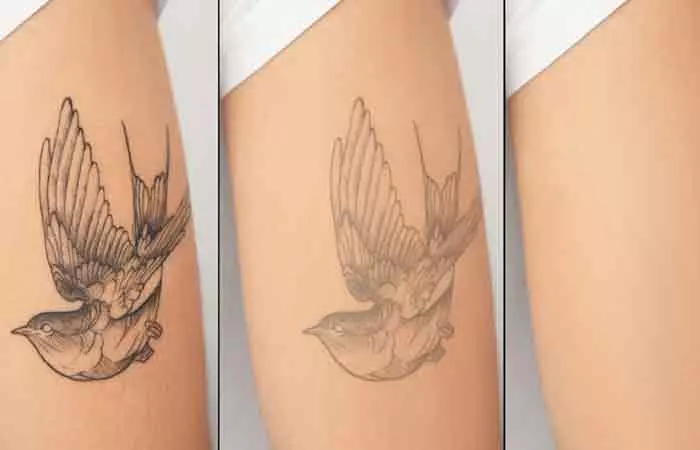
Depending on the tattoo color, design, and age of the tattoo, it might take a few sessions – but eventually, it starts to fade. It is important that you understand that your skin will show some signs of inflammation immediately after the laser treatment. Hot beams of laser light have penetrated your skin to shatter tattoo pigments. This process will traumatize your skin for a few days. You may notice redness, mild swelling, and a burning sensation. Some people even reported to have noticed bumpy skin after the procedure. However, this is normal and these symptoms should clear up, leaving you with a faded tattoo that lightens over time.
It is okay to worry about the pain you might have to endure during this procedure. If you wish to know how much it will hurt and what it would feel like, keep scrolling.
Does Laser Tattoo Removal Hurt?
While laser tattoo removal discomfort varies from person to person, it is often described as a sensation akin to a rubber band snapping against the skin. While pain tolerance differs, most people find the laser procedure bearable. Advanced technologies, like Q-switched lasers, enhance precision and minimize discomfort to get rid of dark tattoo pigments. Topical numbing creams or cooling devices may be used to alleviate sensations and pain during the session. Post-treatment of tattoos, you may experience temporary swelling or redness, similar to a mild sunburn, that will typically subside within a few days.
Though discomfort is part of the process, the promise of gradually fading or removing dark tattoo pigments makes it a tolerable journey for those seeking a fresh start with their skin. If you got a professional tattoo done by a skilled tattoo artist, then the removal process becomes difficult as they use several layers of ink and shading that penetrates deeper layers of skin. It, hence, needs several laser procedures for total removal compared to amateur tattoos. Amateur tattoos only penetrate the superficial layers (outer layers) of the skin, and not the deeper layers, making their removal easy.
Deborah, a blogger, shared the experience of undergoing her first laser light tattoo removal treatment to remove two intricate black tattoos. Discussing the price range she mentioned that she paid roughly around $2,700 to remove both the tattoos. About the process, she writes, “The laser treatment was quick and extremely painful. Much, much more painful than getting the tattoos. I would imagine having a blowtorch applied to your skin would be an accurate description of how bad it hurt (i).”
 Pro Tip
Pro TipWant to get your tattoo removed but wondering if it will leave a scar? Well, the next section has the answer.
Does Laser Tattoo Removal Leave A Scar?
Laser tattoo removal is effective and is designed to minimize scarring. However, individual factors like skin type, the size of the tattoo, color of ink, and aftercare practices can influence outcomes. These outcomes are predicted by the Kirby-Desai scale, an optimal tattoo removal predictor that assesses these factors that affect the removal procedure. In some cases, temporary changes in skin texture, such as blistering or crusting, may occur. But these typically heal without scarring. However, you might experience some scarring with surgical removal of tattoos (2).
- Approach a skilled and experienced laser technician or medical professional.
- Follow post-treatment care instructions diligently.
- Apply antibiotic ointments and creams as instructed by your doctor to avoid discoloration and scarring.
- Avoid sun exposure in the treated area before and after the session to reduce the incidence of scarring and provide a smooth recovery.
While complete scar-free removal of tattoo pigment cannot be guaranteed, the risk of scarring is generally low, and any potential changes in skin appearance are usually less noticeable than the original tattoo. Although several anecdotal reports suggest that there can be some scarring at the four-week mark, it can be easily avoided by choosing a reputed clinic and specialist.
Wondering about the steps that come after getting a laser tattoo removal treatment done? Read the section below that provides aftercare details for a safe tattoo removal experience.
Aftercare Tips For Laser Tattoo Removal
It is necessary to prioritize gentle aftercare after you have been under the heat of the tattoo laser, even if it is for cosmetic tattoos. Follow these steps for optimal results:
- Gentle Cleansing: Keep the treated area clean using a mild, fragrance-free soap. Gently pat it dry, avoiding excessive rubbing.
- Antibiotic Ointments: Use the recommended topical antibiotic ointments and antibacterial creams or medications provided by your technician to promote healing and soothe the previously tattooed skin.
- Sun Protection: Avoid exposing it to direct sunlight and protect the area with clothing or sunscreen as it can otherwise hinder the healing process. Use a broad spectrum sunscreen with a SPF level of 30 or higher
- No Picking: Resist the urge to pick at any scabs or peeling skin and let the healing occur naturally to avoid risk of scarring.
- Hydration: Drink lots of water as it supports overall skin health and aids in the body’s recovery process.
- Loose Clothing: Opt for loose, breathable clothing to minimize irritation to the treated area during the healing phase.
- Patience: Understand that healing takes time and be patient and consistent with aftercare to achieve the best results.
Like every medical and cosmetic procedure, this also comes with its own set of adverse effects. Learn more about them in the next section.
Side Effects Of Laser Tattoo Removal
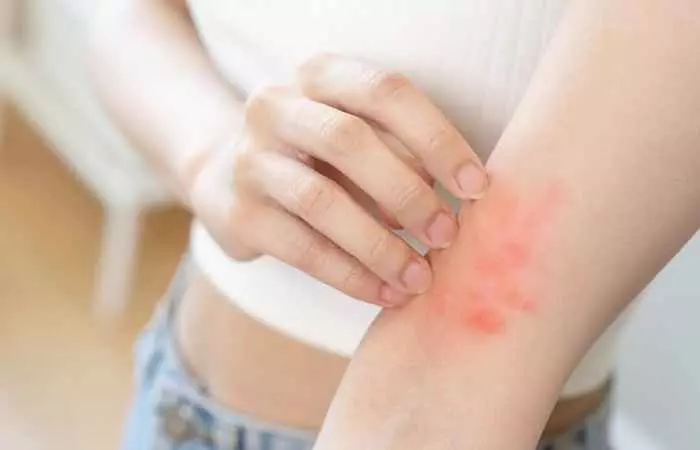
Laser tattoo removal is generally considered safe with no permanent side effects. But, like any medical procedure, you may experience some skin issues. Some of these unwanted side effects of this modern tattoo removal method include (3):
- Temporary Discomfort: You may experience a stinging sensation similar to a rubber band snapping against the skin.
- Redness And Swelling: The treated area may appear red and swollen, similar to a mild sunburn. But it may subside within a few days.
- Blistering And Crusting: You may experience blistering or crusting in the treated area. These adverse effects are typically temporary and part of the skin’s healing process.
- Hyperpigmentation Or Hypopigmentation: Skin discoloration can occur, leading to either darker or lighter skin in the treated area. It is also important to keep in mind that darker skin tones may require more sessions than lighter skin types.
- Infection Or Scarring: There is a minimal risk of infection or scarring. This could potentially be avoided by following aftercare instructions and choosing a reputable clinic to minimize these risks.
Your decision to embrace change and be done with all those tattoo regrets through this procedure marks a step toward a fresh chapter. Remember that patience and having realistic expectations is the key to accepting the results shown by this effective tattoo removal technique. The discomfort you endure is but for a fleeting moment, and is a small price to pay to get rid of an unwanted tattoo. Trust in the expertise of your chosen cosmetic professional, follow aftercare diligently, and watch as the echoes of old particles of tattoo pigments fade away. Here’s to unveiling the new narrative etched on your revitalized skin—stories of resilience, transformation, and the beauty of starting anew with this method of tattoo removal in this age of tattoo art.
Frequently Asked Questions
Can I perform laser tattoo removal at home?
It is best to avoid performing laser tattoo removal at home. The process requires professional expertise to minimize risks and the use of a good quality Q-switched laser for an effective treatment of tattoos.
Is laser tattoo removal dependent on size and color?
Yes, laser tattoo removal is size- and color-dependent for optimal results. Larger or multicolored tattoos may require additional laser treatment sessions using a powerful tattoo removal laser (2). Dark tattoo pigments or black or green tattoos will require several sittings if you opt for a laser type of tattoo removal.
How long does laser tattoo removal take?
The duration of laser tattoo removal varies and may take months between treatments. This depends on the size, colors, and individual response to the procedure. Multiple sessions, typically spaced several weeks apart, are common to allow the skin to heal before another session.
What does a tattoo look like after one laser removal?
After your first Q-switched laser treatment, there will be temporary redness, swelling, or blistering around the tattoo. While immediate fading might be minimal, gradual changes will become more apparent over subsequent sessions.
Can I shower after laser tattoo removal?
Yes, you can usually shower after laser tattoo removal. However, it is best to avoid hot water, scrubbing, and harsh soaps with chemicals to prevent any irritation or unwanted side effects.
Is laser tattoo removal safe for all skin types?
A laser tattoo removal process is safe for all skin types, be it normal, combination, dry, or sensitive skin. However, people with lighter skin color may see the difference in the process sooner as they have less epidermal melanin pigment. Those with darker skin tones have more melanin pigment and may find getting rid of the tattoo a little more difficult.
Can you tattoo over a laser-removed tattoo?
Yes, it’s possible to tattoo over an area where a tattoo has been laser-removed. However, it is recommended that you wait until your skin is completely healed after the tattoo removal process.
Illustration: Laser Tattoo Removal: How Does It Work And Its Side Effects
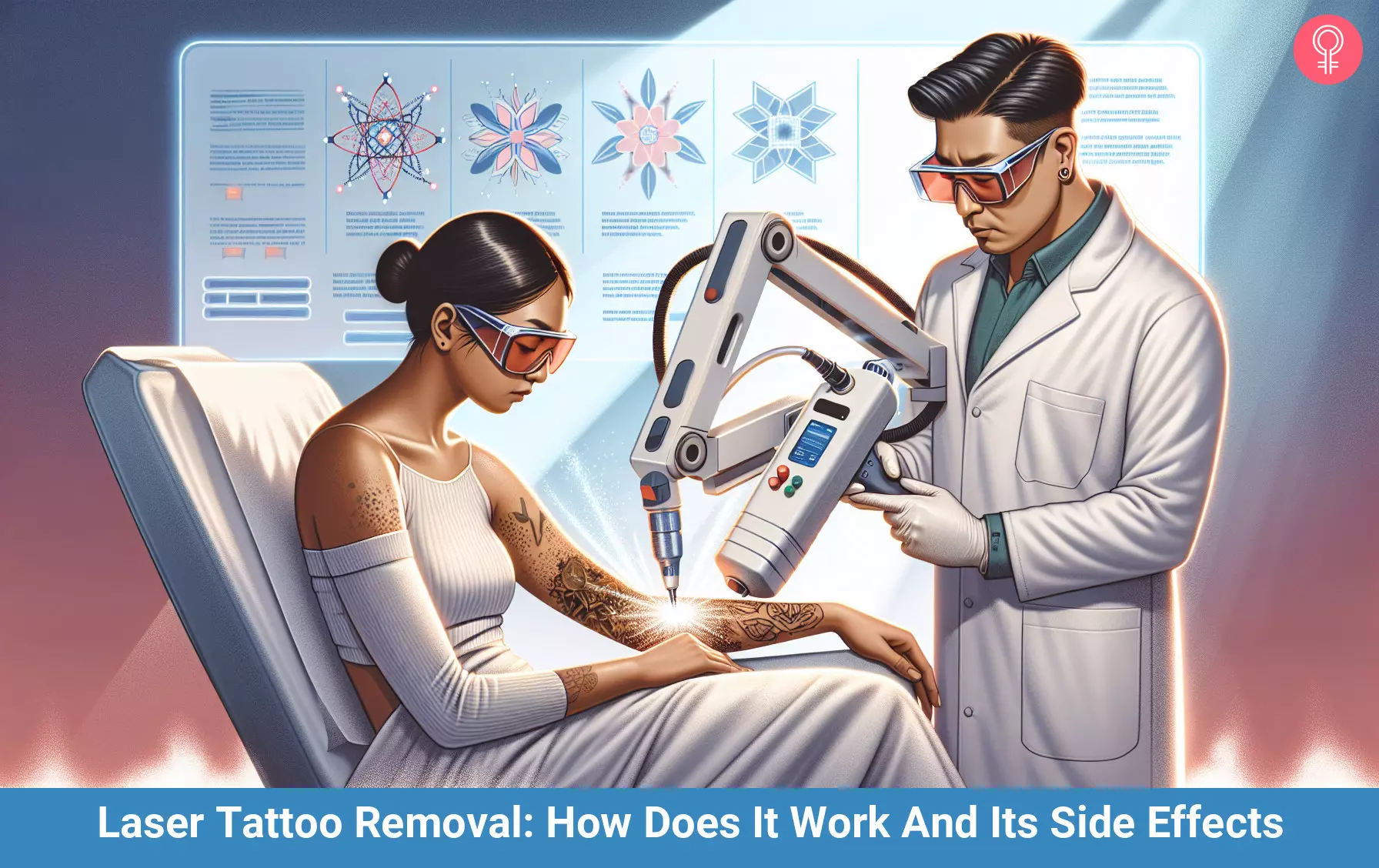
Image: Stable Diffusion/StyleCraze Design Team
Going for a laser tattoo removal might seem daunting and scary. But if you stay informed and follow the directions provided by an experienced tattoo removal technician or specialist, then there is no need to be afraid about the adverse effects. Check out the video below to learn more about the procedure.
Personal Experience: Source
StyleCraze's articles are interwoven with authentic personal narratives that provide depth and resonance to our content. Below are the sources of the personal accounts referenced in this article.
(i). First Laser Tattoo Removal Treatmenthttps://inkregret.wordpress.com/2009/07/16/the-first-treatment/
References
Articles on StyleCraze are backed by verified information from peer-reviewed and academic research papers, reputed organizations, research institutions, and medical associations to ensure accuracy and relevance. Read our editorial policy to learn more.
- Laser Tattoo Removal
https://www.ncbi.nlm.nih.gov/books/NBK442007/ - Laser Tattoo Removal: A Clinical Update
https://www.ncbi.nlm.nih.gov/pmc/articles/PMC4411606/ - Complications of Tattoos and Tattoo Removal: Stop and Think Before you ink
https://www.ncbi.nlm.nih.gov/pmc/articles/PMC4411590/
Read full bio of Jayd Hernandez
Read full bio of Shreya Mukherjee
Read full bio of Anjali Sayee
Read full bio of Gazala Firdos Ansari









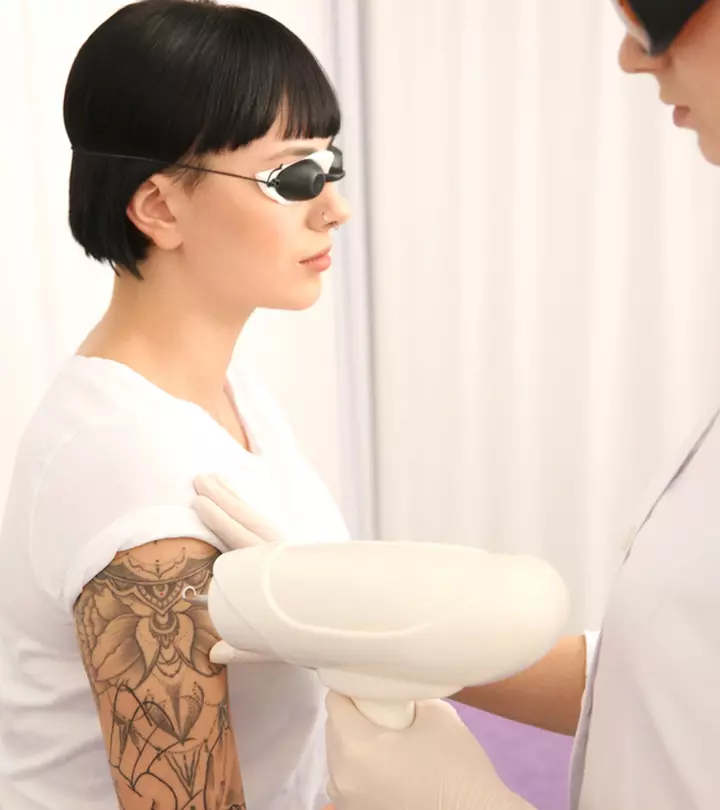



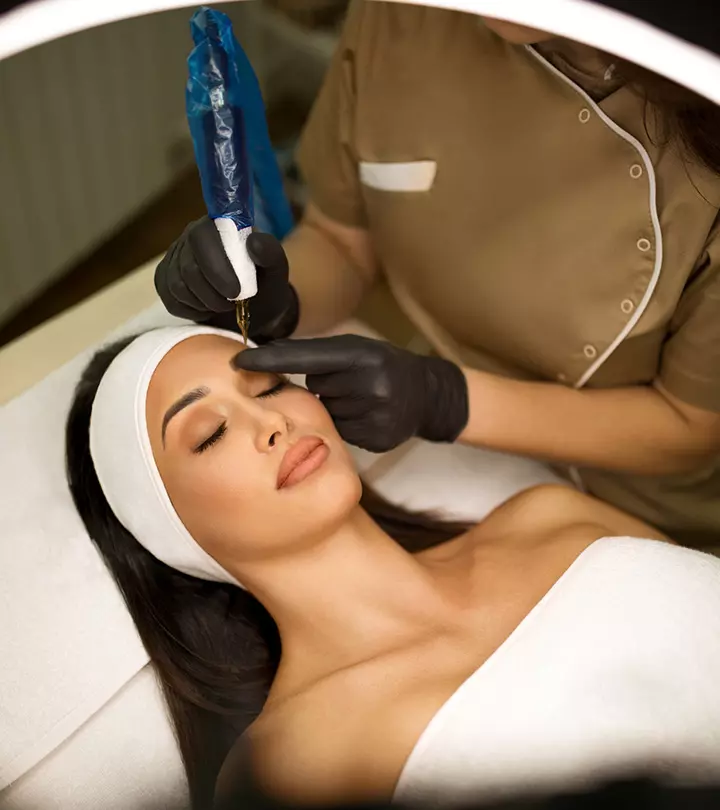
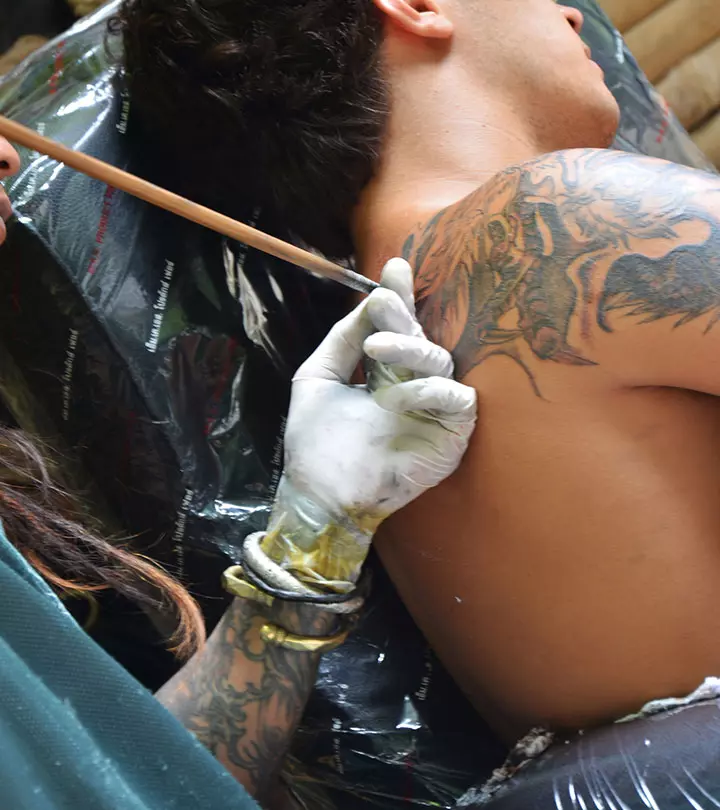
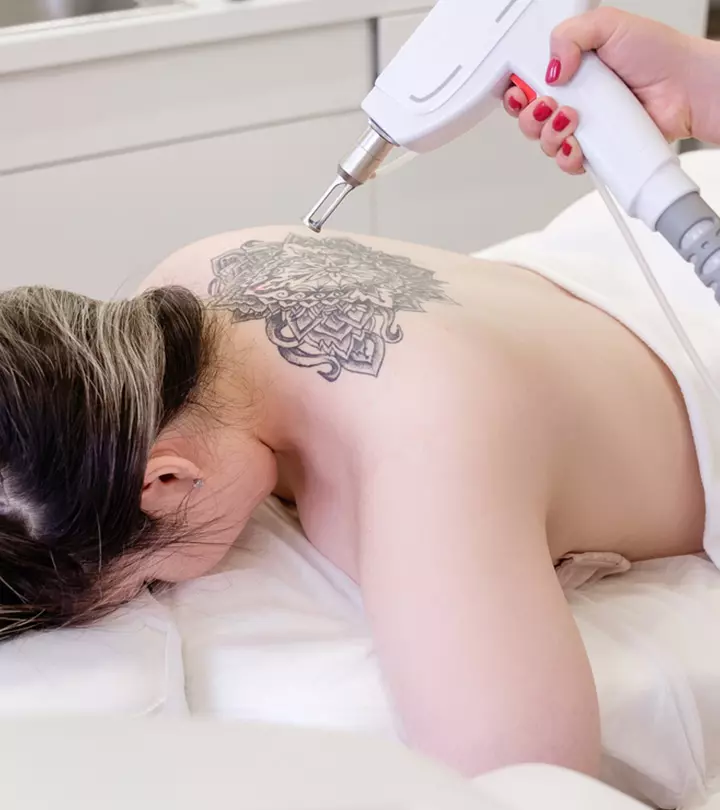


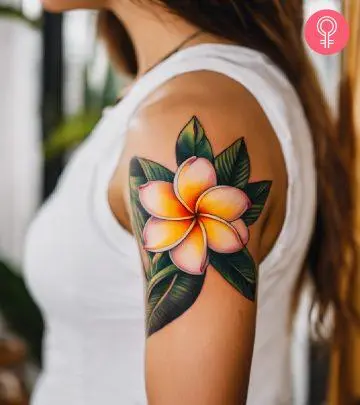


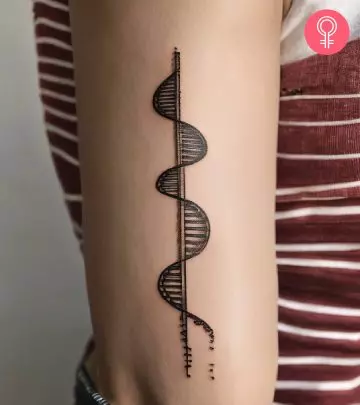

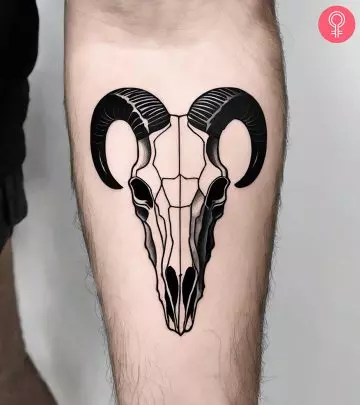
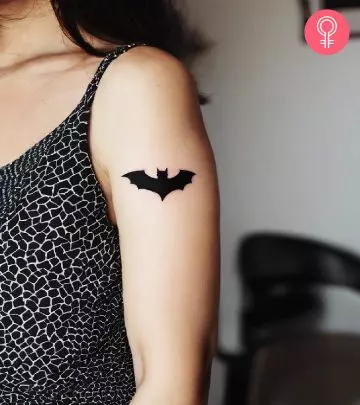



Community Experiences
Join the conversation and become a part of our empowering community! Share your stories, experiences, and insights to connect with other beauty, lifestyle, and health enthusiasts.